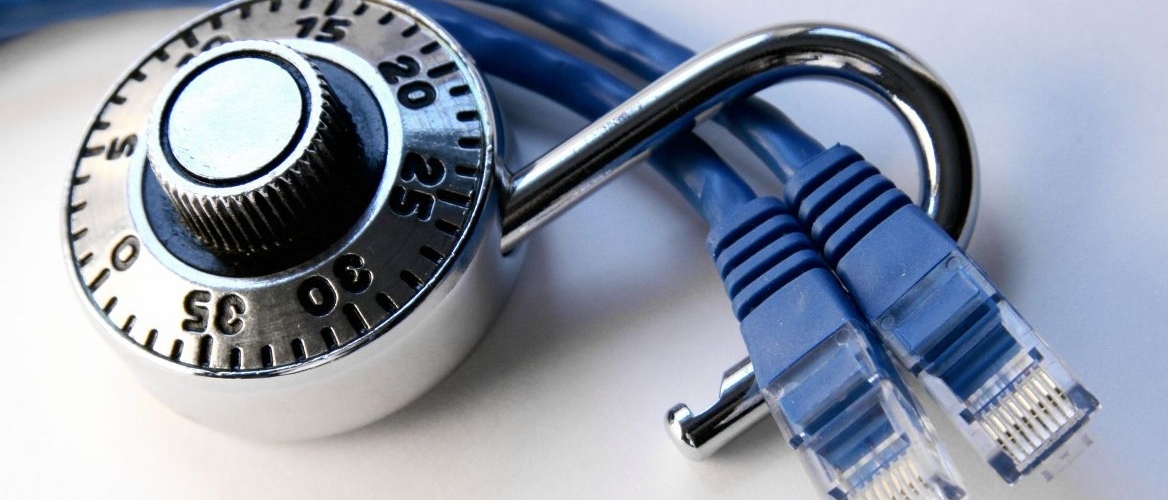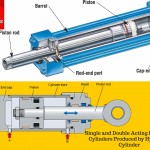There are internal methods to boost the performance and security of local networks. As an example, we may need to regulate access of information. It is a bad idea to let too many people to get access to critical information, because they represent many doors that can help hackers use to access essential information. In this case, we may need to ensure judicious uses of groups and permissions levels. This will ensure proper usages of data and resources. Many departments are actually supporting elements of the company, such as operations, sales, finance and accounting. We may need to ensure what kind of privileges and access each department could get and whether some people are eligible to get inter-department data access.

It is also essential to implement proper disaster recovery procedures and backup methods. Data is always the lifeblood of a business, since millennia ago. There are many backup procedures we can use and they should be able to accommodate files, images, folders and others. In general, we should have a very simple way to protect any critical data. In some larger companies, there could be dedicated BDR or Backup and Disaster Recovery team, that’s included in the IT department. These specialists will help to quicken any data recovery effort when disaster strikes. The team will also evaluate backups regularly to see whether they have good enough integrity for eventual usages.
Another thing to consider in any building a strong network is by implementing server and desktop protection measures. These solutions have been available for a long time and they should be able to evolve against common threats. Our networks should be fully updated against newest malware and we could do this by ensuring that our definitions are current. We may also need to patch servers and desktops regularly, so we could iron out any vulnerability. Reputable software vendors are not only known for their reliable and secure software platforms, but also their willingness to release updates regularly to improve security and add essential features. We should make sure that our servers are kept current, so we can be protected against known attacks. It would be much easier if there’s a universal patch management tool, instead of installing patches manually.
Computer administration should be centralized, so it is possible for us to standardize process and each user can have their time saved. With proper arrangements, it won’t be necessary to change configurations one machine at a time. There should also be tools that can help us manage desktop firewall, virus updates, permission groups and other essential features. Some hackers actually rely on physical access and they directly operate the computer. There should be a system to make sure computers are used by trusted and trained employees. In this case, the physical network machines must be placed in a locked server closet or room to limit fraudulent access. Many companies also rely on wireless network access and this will represent additional security challenges, but it should be safe if we employ proper techniques.










Comments are closed.